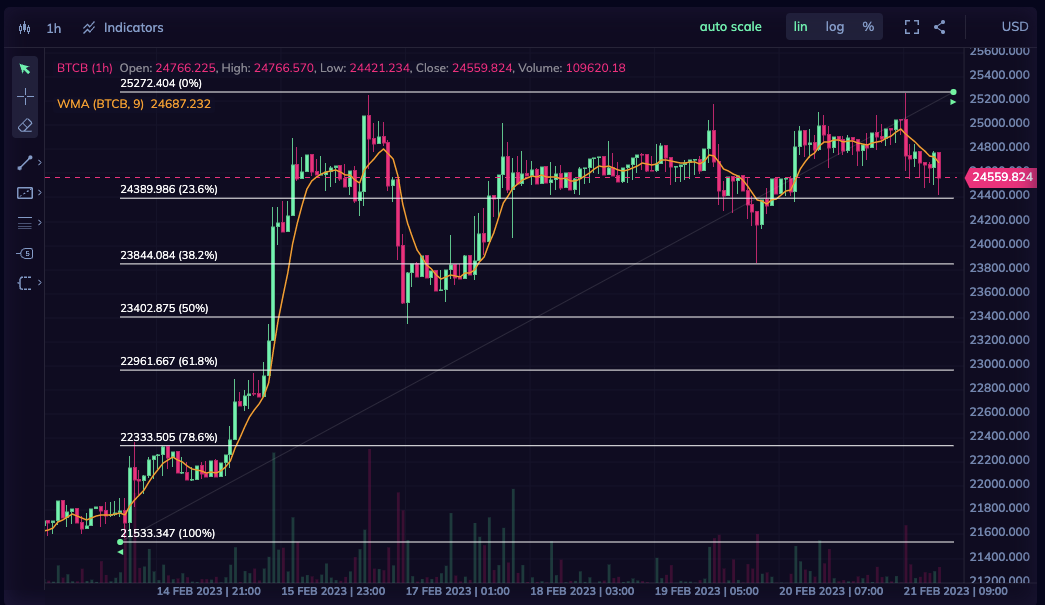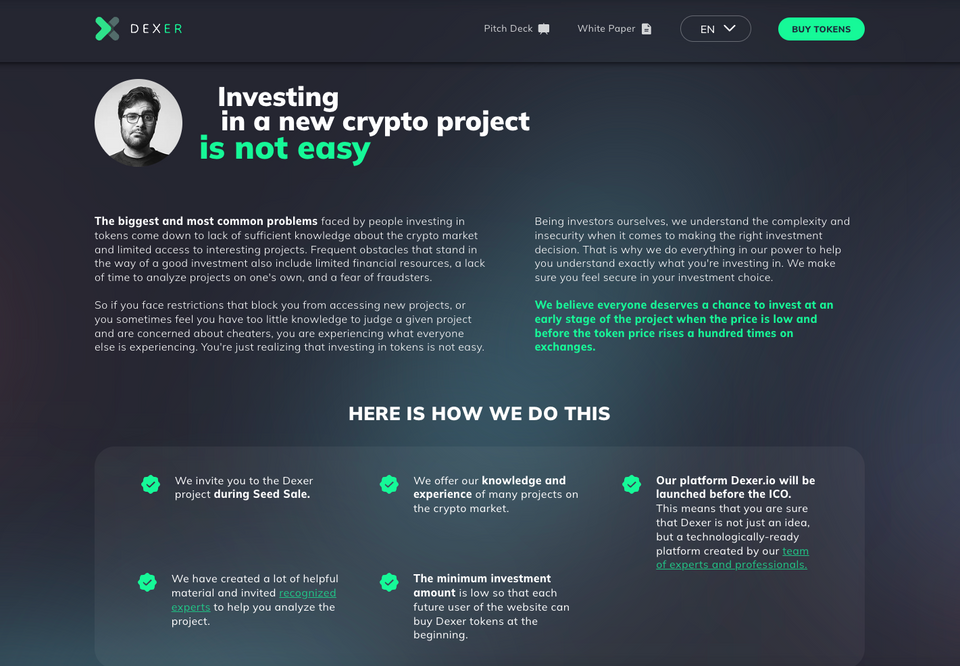Tokenomy
Tokenomy is a way of creating an economy based on the use of tokens that can be traded, used, and exchanged within a specific community or network.

Tokenomy is a term used to describe the economy that revolves around the use of tokens. Tokens are digital assets that can represent anything of value, such as digital currencies, loyalty points, or digital collectibles. Tokenomy is a way of creating an economy based on the use of tokens that can be traded, used, and exchanged within a specific community or network. In this article, we will explore the history of Tokenomy, provide some examples, and highlight some interesting facts about it.
History of Tokenomy
The concept of Tokenomy was first introduced in 2017, during the initial coin offering (ICO) boom. ICOs are a fundraising method in which companies issue digital tokens that investors can purchase with cryptocurrency or fiat currency. The tokens can then be traded on cryptocurrency exchanges or used within the company's ecosystem. ICOs raised billions of dollars in funding, but many were scams, and many tokens were worthless.
However, the concept of Tokenomy is not limited to ICOs. Tokenomy can be used to create economies within existing networks or communities. For example, social media platforms could issue tokens to users who create content that is popular or receives a lot of engagement. These tokens could be used to access premium features or to buy goods and services from other users within the platform.
Examples of Tokenomy
One of the most famous examples of Tokenomy is Ethereum. Ethereum is a blockchain-based platform that enables the creation of decentralized applications (DApps) and smart contracts. Ethereum has its native cryptocurrency, called Ether (ETH), but it also enables the creation of custom tokens. These tokens can be used for various purposes, such as representing assets, voting rights, or loyalty points.
Another example of Tokenomy is the Brave browser. Brave is a privacy-focused browser that rewards users with Basic Attention Token (BAT) for viewing ads. Users can use BAT to support their favorite creators or to access premium content.
A very interesting example of Tokenomy also includes the Dexer project along with the User Activity Token program.
Interesting Facts about Tokenomy
- Tokenomy enables the creation of new business models that were not possible before. For example, tokenization can enable the fractional ownership of assets, such as real estate or art. This can democratize access to investments and create new opportunities for investors.
- Tokenomy is not limited to the blockchain. Tokens can be created on any platform that supports the creation and exchange of digital assets.
- Tokenomy can enable new forms of governance. Some blockchain-based projects use tokens to give users voting rights and decision-making power. This can create more democratic and transparent decision-making processes.
- Tokenomy can enable new forms of incentivization. Tokens can be used to reward users for contributing to a platform or network. This can create more engagement and loyalty from users.
Conclusion
Tokenomy is a concept that has emerged with the rise of blockchain technology and the proliferation of digital assets. Tokenomy enables the creation of new business models, new forms of governance, and new forms of incentivization. Tokenomy has the potential to revolutionize the way we interact with digital assets and create new opportunities for investors and users alike. As the technology continues to evolve, we can expect to see more creative use cases for Tokenomy.
Watch the video below to learn more about Tokenomy and investing in tokens.




